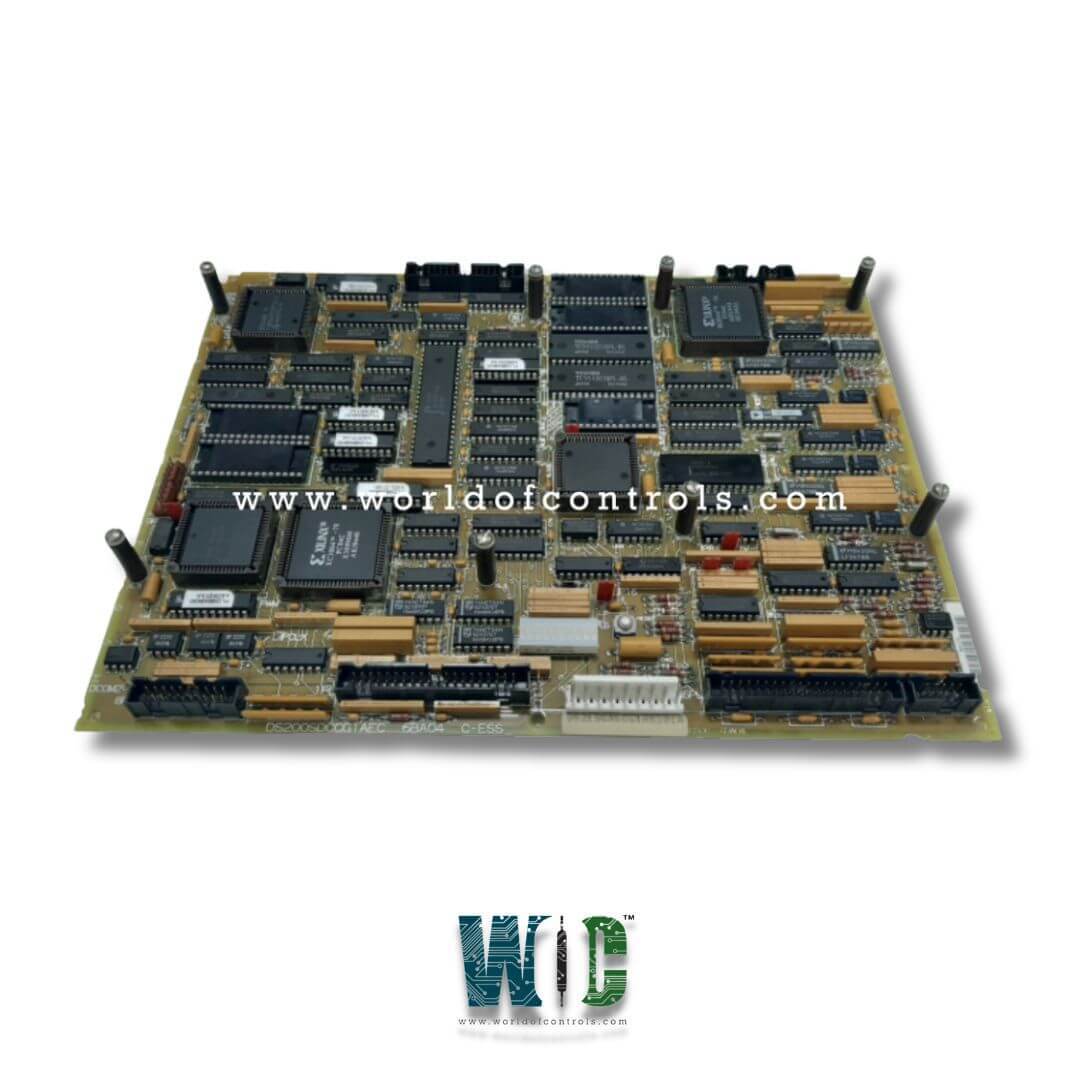
World Of Controls understands the criticality of your requirement and works towards reducing the lead time as much as possible.
DS200SDCCG1AFD - Drive Control Card is available in stock which ships the same day.
DS200SDCCG1AFD - Drive Control Card comes in UNUSED as well as REBUILT condition.
To avail our best deals for DS200SDCCG1AFD - Drive Control Card, contact us and we will get back to you within 24 hours.
Part No.: DS200SDCCG1AFD
Manufacturer: General Electric
Product Type: Drive Control Card
Series: Mark V
Microprocessors: Three 16-bit microprocessors
Memory: Dual-Ported RAM (DPR)
Power Input: 5V, 15V, and 24V DC
Communication Protocols: LAN and signal processing interfaces
Country of Manufacture: United States of America (USA)
DS200SDCCG1AFD is a Drive Control Card developed by GE. It is a part of Mark V control system. This board serves as the central processing unit for a drive or exciter, providing control functions for motor and drive operation. It features three 16-bit microprocessors and dual-ported RAM, allowing efficient data processing and real-time control. The SDCC connects to other system boards through multiple PL connectors, facilitating power input, communication with LAN and signal processing cards, and I/O management for AC and DC drives
The SDCC houses the primary control circuitry and software required for precise drive and motor operation. At its core, it includes:
Communicates with other control boards and external signals via eight primary connectors, designated as PL connectors. Each serves a specific function in the system:
These connections facilitate seamless data transfer between the SDCC and other control components, ensuring reliable drive operation.
Requires specialized software tools for configuration, firmware updates, and parameter adjustments. The following tools are used for software management:
The most comprehensive selection of Speedtronic Mark V control spare parts is available at World of Controls. WOC's experts are always available to help you with your GE Mark V requirements. Please contact us if you require any other information.
What is DS200SDCCG1AFD?
It is a Drive Control Card developed and manufactured GE.
What are the key features of the card?
This card includes three 16-bit microprocessors, dual-ported RAM (DPR) for simultaneous data access, and interface circuitry to connect with AC and DC motor drives. It also facilitates I/O processing and integrates with various control boards.
What power inputs does the card require?
It operates on 5V, 15V, and 24V DC, supplied through the 2PL connector from the Power Supply/Interface Board.
Which software tools are used to configure?
Configuration and adjustments require ST2000 (DOS-based), GE Control System Toolbox (Windows-based), or LynxOS Drive Configurator. These tools enable software updates, parameter tuning, and system diagnostics.